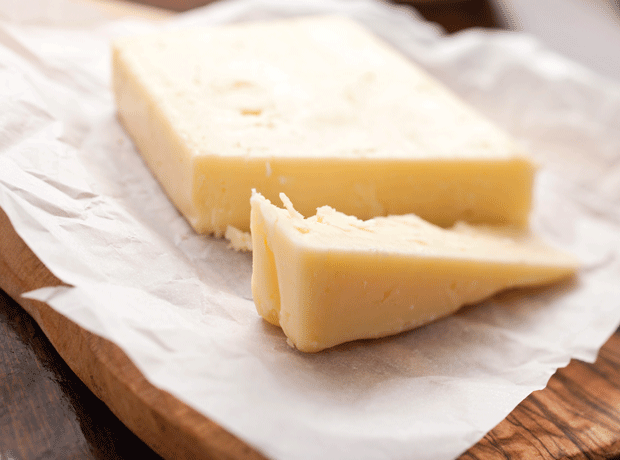
Exports of Irish food and drink continued to grow last year, despite unprecedented global volatility, political uncertainty over Brexit and extreme weather, according to Bord Bia figures.
Total Irish agri-food exports (excluding non-edible products such as forestry and oil) hit €13.6bn last year, up 2% on 2017, the ninth consecutive year of volume growth. Exports to the UK rose to €4.5bn, which also represented a year-on-year rise of 2%.
Dairy was the strongest performer in terms of export and volume growth, Bord Bia said, with volumes up 5% compared with 2017 and total export values topping €4bn for the second year in a row.
It added the Irish cheese sector, which exports more than 50% of its produce to the UK (of which 83% is cheddar) had a “year of two halves”.
Many producers had opted to age their cheddar in Ireland during the first half of the year in order to reduce currency exposure, leading to a drop in exports to the UK.
But as first reported by The Grocer in October, suppliers began stockpiling cheese in the UK during the second half of 2018. An Ornua spokesman said at the time the Irish dairy giant was “managing downsides and preparing for uncertainty”, leading exports of Irish cheddar in October to reach their highest levels since 2015 [AHDB].
Irish suppliers seeking new markets amid Brexit uncertainty
This stockpiling led to an “appreciable effect in terms of the volumes going into the UK”, a Bord Bia spokesman said, with total volumes for the year up 1%.
Elsewhere, Irish butter exports had “an exceptional year in the US and continental Europe”, with values topping €1bn for the year, representing a 22% increase on 2017’s value.
Meat and livestock exports rose by 1% to just under €4bn, with beef exports up 1% to €2.5bn and volumes up 3%.
The UK accounted for 52% of these exports, with volumes up 4%. However, some of this could also be down to pre-Brexit stockpiling, with suppliers telling The Grocer last week that Irish suppliers had been building up stocks in the UK in preparation for a no-deal scenario.
Strong price growth saw a 15% rise in the value of sheep exports to reach €315m. But significant downward price pressure saw the value of pigmeat exports decline by 6% to €666m for the year, even though production increased by 4%.
Meanwhile, horticulture exports were worth €208m in 2018, down 10% on 2017, mainly due to UK market volatility for Ireland’s main export crops of mushrooms (which account for 40% of the total), and cereals (which account for 36%).
Overall, the Irish agrifood sector’s performance demonstrated the “resilience of exporters”, said minister for agriculture, food and the marine Michael Creed.
Bord Bia CEO Tara McCarthy shared his sentiments, despite uncertainty over Brexit, adding: “Market and trade insight suggest that the global demand for Irish food and drink will remain positive in 2019.
“In both dairy and in animal protein the supply-demand dynamic is positive for exporting nations like Ireland. Demand will continue to outstrip supply and new consumers tend to be in countries with low dairy or animal protein self-sufficiency.
“In line with Bord Bia’s market prioritisation work, growth in dairy, meats and seafood in particular will come to a great extent from emerging economies in Asia and elsewhere.”








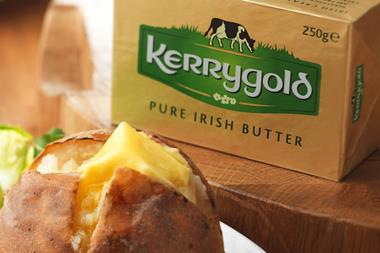
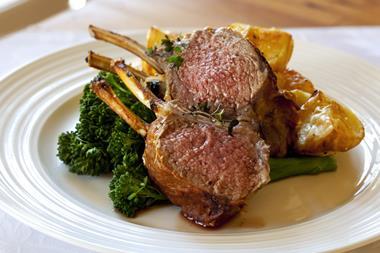

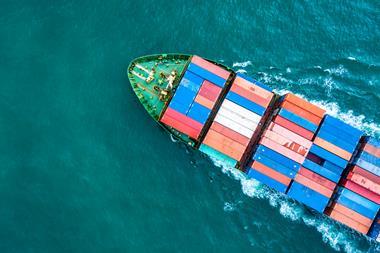
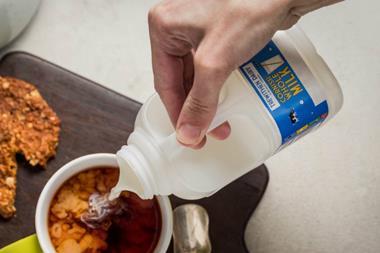


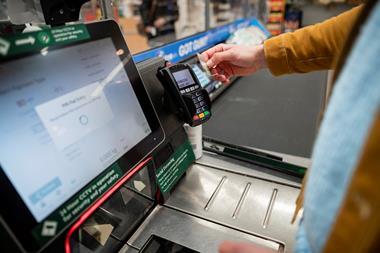
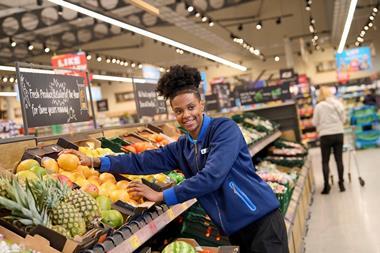


No comments yet